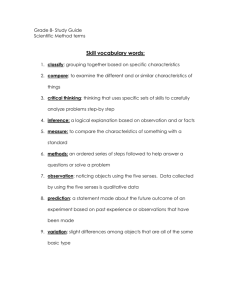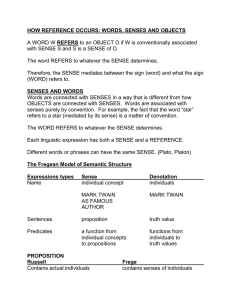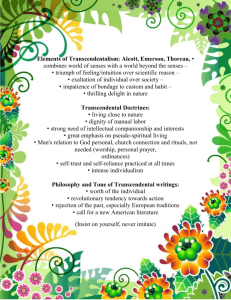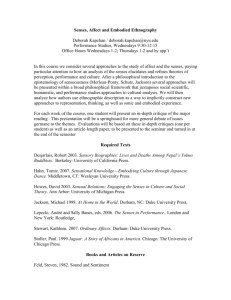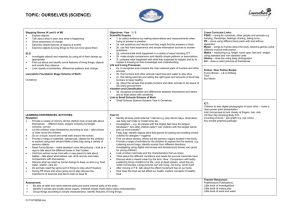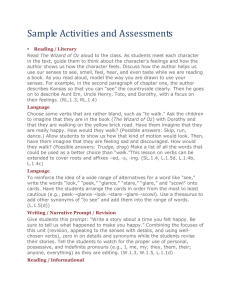262 Key to Exercises
advertisement
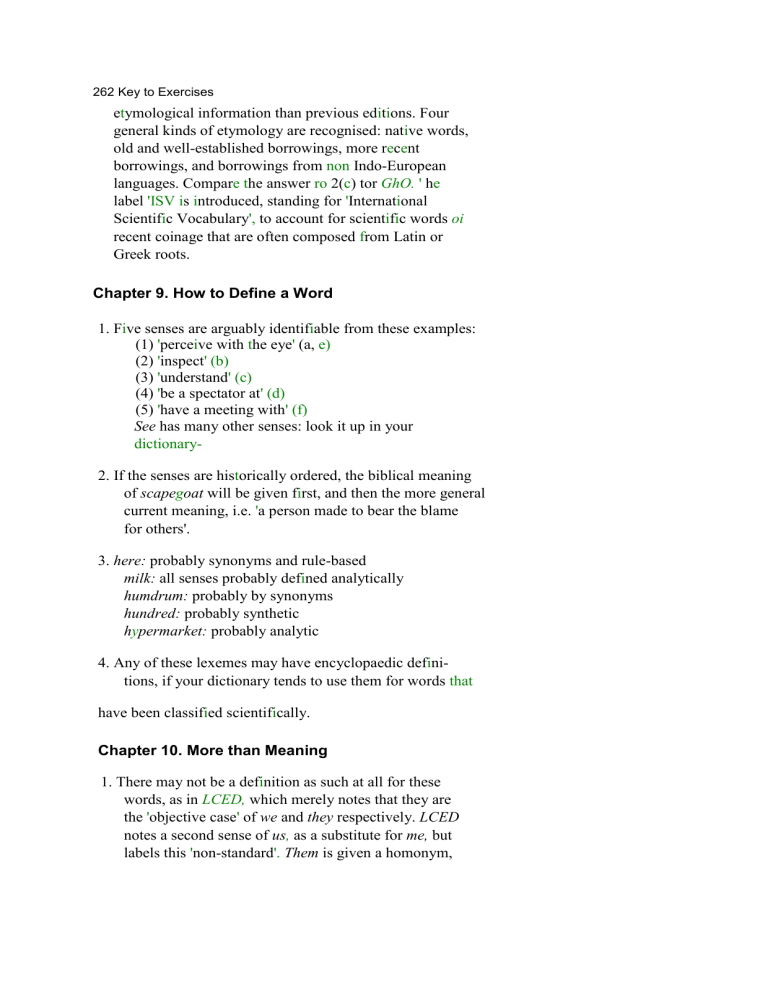
262 Key to Exercises etymological information than previous editions. Four general kinds of etymology are recognised: native words, old and well-established borrowings, more recent borrowings, and borrowings from non Indo-European languages. Compare the answer ro 2(c) tor GhO. ' he label 'ISV is introduced, standing for 'International Scientific Vocabulary', to account for scientific words oi recent coinage that are often composed from Latin or Greek roots. Chapter 9. How to Define a Word 1. Five senses are arguably identifiable from these examples: (1) 'perceive with the eye' (a, e) (2) 'inspect' (b) (3) 'understand' (c) (4) 'be a spectator at' (d) (5) 'have a meeting with' (f) See has many other senses: look it up in your dictionary2. If the senses are historically ordered, the biblical meaning of scapegoat will be given first, and then the more general current meaning, i.e. 'a person made to bear the blame for others'. 3. here: probably synonyms and rule-based milk: all senses probably defined analytically humdrum: probably by synonyms hundred: probably synthetic hypermarket: probably analytic 4. Any of these lexemes may have encyclopaedic definitions, if your dictionary tends to use them for words that have been classified scientifically. Chapter 10. More than Meaning 1. There may not be a definition as such at all for these words, as in LCED, which merely notes that they are the 'objective case' of we and they respectively. LCED notes a second sense of us, as a substitute for me, but labels this 'non-standard'. Them is given a homonym,


